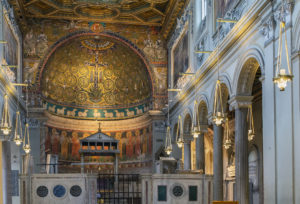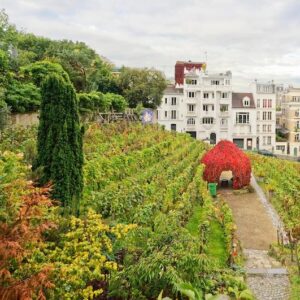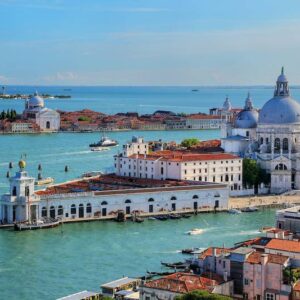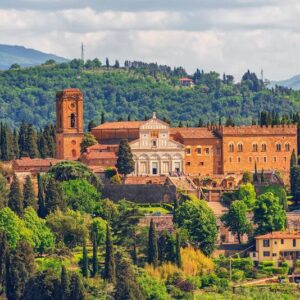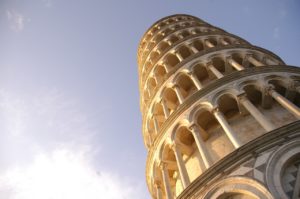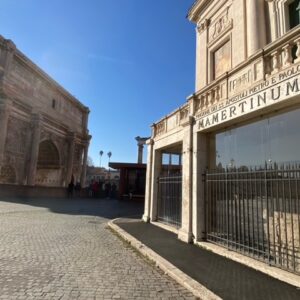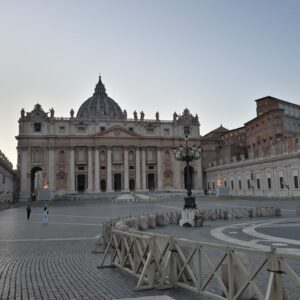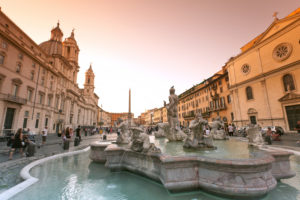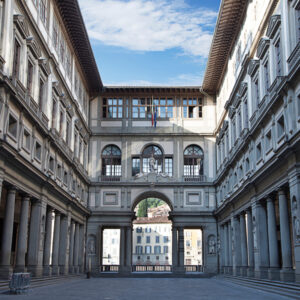Are you packing your bags, heading to ROME? Remember to bring a good pair of comfortable sneakers. Why? Because in the eternal city, if you intend to visit the most iconic places and monuments, you can’t do without walking, walking, and more walking! Speaking of kilometers to cover, in this article, we will take you to discover one of the most evocative places in Rome, a place with ancient origins that requires an in-depth visit since it can only be explored by walking within it. We are talking about the queen of all the roads in the world, the magnificent Appia Antica.
An Open-Air Museum
To visit at least partially, staying within urban boundaries, the most fascinating points of interest of the Appia Antica, you need to set aside an entire day. To facilitate your visit, we will indicate five points of interest that cannot be missed in your itinerary, which will take you to the heart of Rome, from the imperial era to the present day.
First Stop: the former Cartiera Latina
We begin our walking tour with a visit to an area that until 1986 housed one of the largest paper production plants in the South Central area, the Cartiera Latina. Today, this industrial facility, one of the few surviving in the city, has been granted to the Appia Antica Regional Park, making it its headquarters and a multifunctional center of services and hospitality. This space now features two exhibition halls, a Conference Room that can be rented for events, a library, a teaching space, and an outdoor area hosting a teaching garden
Second Stop: the Fosse Ardeatine
We continue this walking tour with a small detour: after crossing the Almone river and the nearby former Cartiera Latina, we reach the nearby Via Ardeatina. Here you can visit a place of commemoration and prayer, the site of the Fosse Ardeatine, a cave where the massacre of 335 prisoners took place on the evening of March 24, 1944, by German occupation troops as a reprisal for the 33 fallen comrades during the partisan action in Via Rasella. Soon becoming one of the most important global symbols of the Resistance, the Fosse Ardeatine are visited every day by hundreds of tourists who come here to pay homage to the victims of one of the darkest events in world history.
Third Stop: the Catacombs of San Callisto and the Basilica of San Sebastiano
After visiting this solemn place, we make a big leap into the past and discover the marvelous Catacombs of San Callisto, a place of peace immersed in nature where the first Christians persecuted by the Empire were buried. Awaiting us during the underground guided tour are kilometers of tunnels where the first Christian martyrs finally found peace. A few hundred meters from the Catacombs is the Basilica of San Sebastiano Fuori le Mura, where the remains of the martyr San Sebastiano are kept, and where in 258 the relics of the apostles Peter and Paul were temporarily transferred to save them from persecutions.
The Tomb of Cecilia Metella and the Ancient Basalt Road
At the second and third mile of the Via Appia, we witness in all its magnificence one of the most fascinating funerary monuments in history, the Mausoleum of Cecilia Metella, consisting of an imposing square base on which a cylinder covered with travertine slabs is placed, decorated at the top with a marble frieze with garlands and ox heads. The owner of the tomb is Cecilia Metella, daughter of Quintus Metellus Creticus. From here begins one of the most beautiful experiences you can have on the Regina Viarum: walking along the original stretch, with the ancient basalt road preserved in all its splendor and still visible today after 2000 years, complete with marks left by the passage of carts.
Final Stop: Villa dei Quintili and Casal Rotondo
Reaching the fifth mile of the Appia Antica, on the right stands the marvelous Villa dei Quintili, the largest residential complex in the suburb of Ancient Rome. Next to it, a little further along, before the intersection of the Appia Antica with Via di Casal Rotondo, is the imposing circular tomb of Casal Rotondo, dating back to the end of the first century BC, a fascinating example of the reuse over the centuries of a Roman mausoleum: in the medieval period, a watchtower was built on top of it, later incorporated into a farmhouse now transformed into a villa
Conclusion
History, art, architecture, and religion: distant and close epochs that blend together, creating a single common thread. This and much more is contained in a few miles, along the queen road that holds kilometer after kilometer all the narrative charm of a city that never ceases to amaze us.


